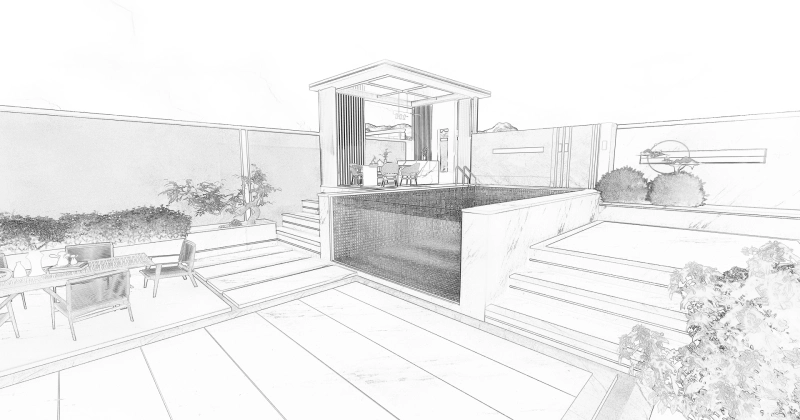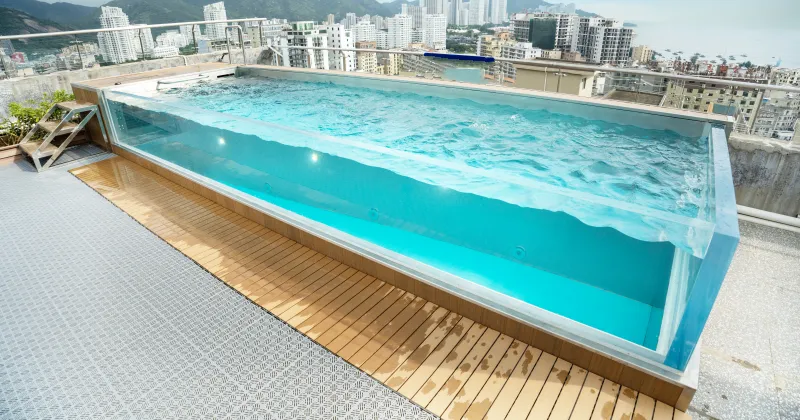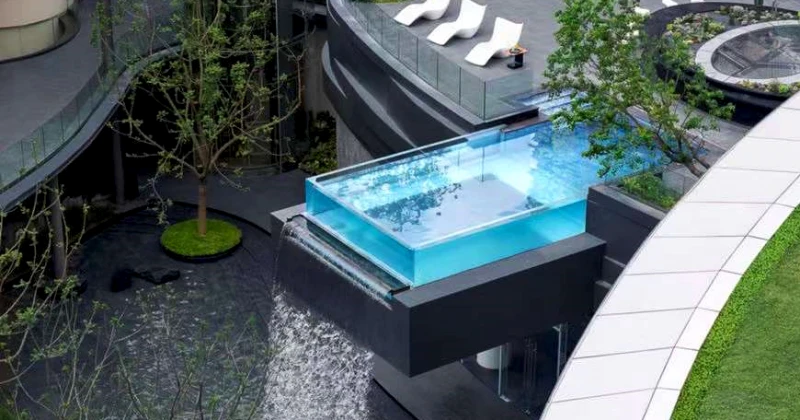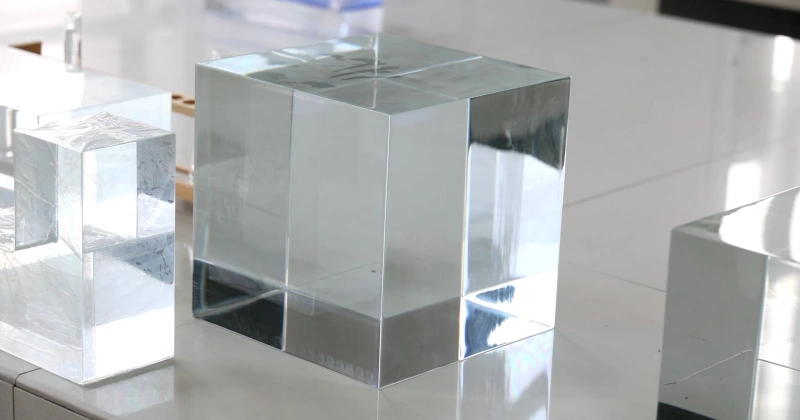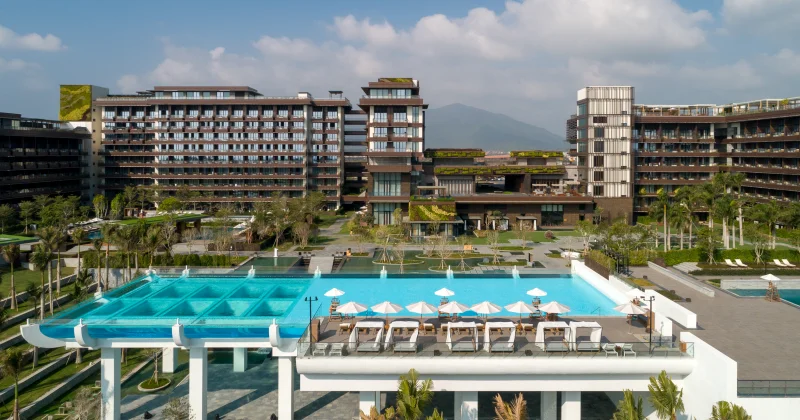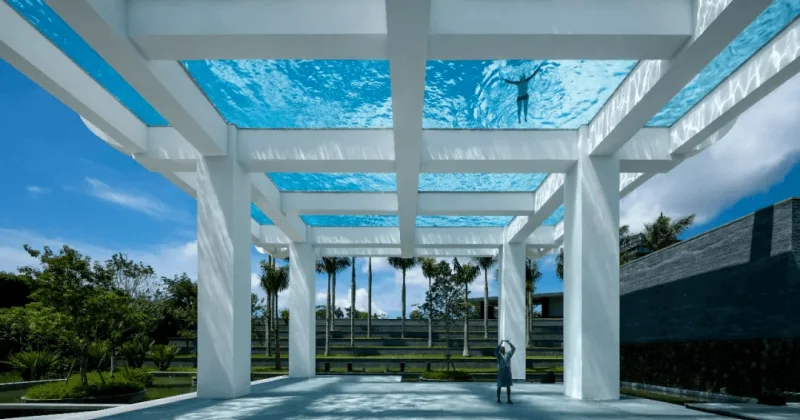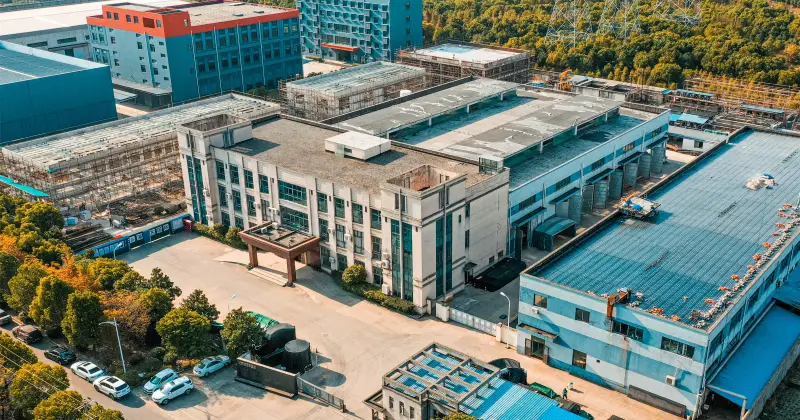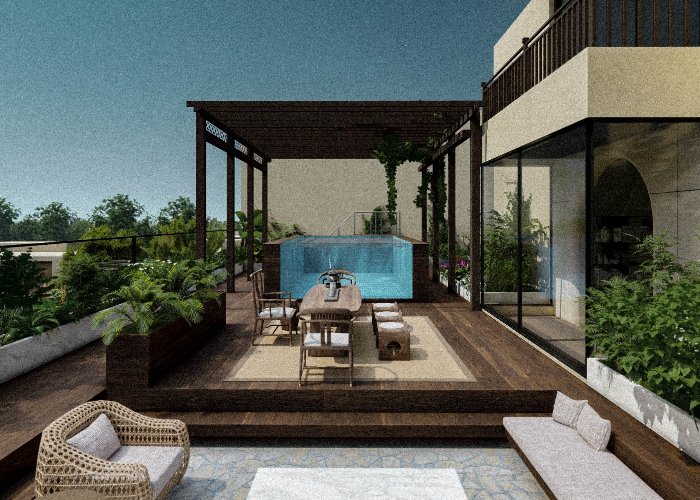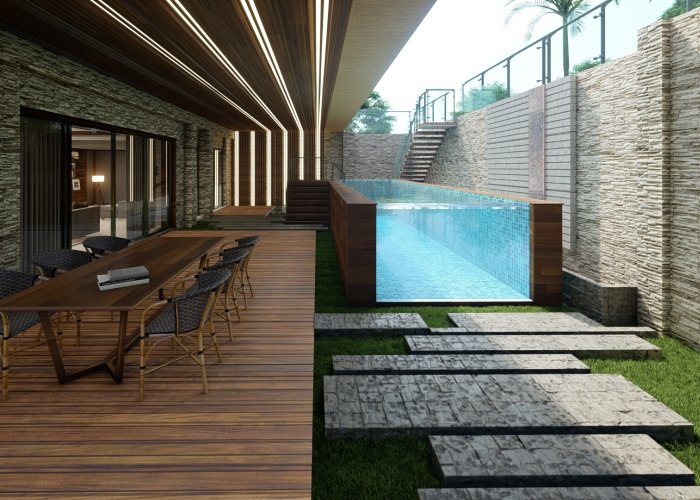
Ground Preparation Requirements for Metal Pools vs. Fiberglass
Adding a swimming pool is an excellent investment for your property. However, proper base preparation is equally vital to ensure structural integrity and a comfortable swimming experience. The foundation has a direct impact on a pool’s balance, stability, and resistance to environmental stress.
Key differences in base requirements:
- Fiberglass pools require a layer of bedding sand beneath the shell to evenly distribute weight, combined with compacted backfill and hydrostatic pressure relief valves to prevent deformation from soil shifting.
- Metal pools (e.g., stainless steel) rely on a perfectly level foundation to prevent stress concentrations, in addition to anti-corrosive coatings, rather than relying solely on drainage to combat rust.
Risks of inadequate preparation:
Skipping these steps may lead to:
- Cracks in fiberglass pools due to uneven pressure.
- Corrosion in metal pools from microfractures exposing bare metal.
- Leaks or tilting caused by soil erosion under the foundation.
In the following sections, we will analyze how each pool type’s unique needs dictate its construction process and long-term performance.

Why is Effective Ground Preparation Important?
It calls for a great deal to construct a swimming pool, and its durability and stability depend upon the ground being hooked up properly. Regardless of whether you pick out a fiberglass or steel pool, an unbalanced or risky base can bring about highly priced repairs, water leaks, and structural problems.
But how is the ground preparation for these two pools different from each other?
Let's examine the main distinctions.
What would happen if the ground isn’t completed?
A number of difficulties can arise if the ground is not well balanced and compacted before the setup of a pool. Uneven surfaces for metal pools can cause the walls to move, stressing the structure and finally resulting in leakage.
Poor ground preparation for fiberglass pools can result in bulging walls, pool shell displacement, or even "pool popping," where the pool rises out of the ground as a result of subterranean pressure. The pool will stay safe and operational for many years if the groundwork is done properly.

Which Kind of Pool Needs More Preparation?
While careful preparation is necessary for both kinds of pools, fiberglass pools require a more thorough and accurate groundwork procedure. They come in a single built shell; thus, in order to keep their shape, they need to be removed exactly and backfilled with structural material.
Metal pools, especially above-ground ones, require less excavation but demand a stable, level surface to avoid long-term structural difficulties.
Metal Pools: Needs for Ground Preparation
Here is a step-by-step guide on how to prepare the ground for metal pools.
1. Adjusting and choosing a site
It's important to pick a location free of rocks, tree roots, and plumbing supplies before putting them in a metal pool. Because even a small slope might put structural stress on the pool walls, the ground needs to be level. To guarantee precision, you can use a transit level or laser level.
2. Base Material and Construction
Stable base material must be used, and the area must be compacted.
Typical options consist of:
- Sand: Provides a flat surface, although it may shift over time and need upkeep.
- Crushed stone or gravel is a good option as it provides better circulation and stability.
3. Wrapping and Compression of the Ground
To stop further movement, the base material must be compressed using a surface compressor once it has been placed. To provide comfort and stop damage, a layer of foam or commercial pool foam is frequently positioned underneath the liner.
4. Issues for Discharge
Because metal pools can rust, good drainage is important. Installing a perimeter drainage system helps keep more water away from the pool's structure.
5. Framework and Support
To keep their shape, metal pools need strong vertical supports. To avoid settling or tilting over time, the ground where these supports will be positioned needs to be fully packed.
Following these tips, you are sure to achieve a decent enough groundwork for your metal pools. Remember, it's the groundwork that will decide how long you are able to enjoy your metal swimming pool, so don’t skip any important steps.
Ground Preparation Requirements for Fiberglass Pools
You must be thinking, how can the groundwork for fiberglass pools be different from that of metal ones? Let’s find out.
1. Boring and Proper Forming
Because fiberglass pools come in a single constructed shell, they require greater precision than metal pools. The hole needs to be carefully shaped to fit the pool's design, taking backfill into account.
2. Compression and Base Material
To keep it from shifting, clean, compacted gravel is typically used for a fiberglass pool's base instead of sand. Gravel helps preserve structure quality and improves water drainage. This base layer should be 4 to 6 inches thick.
3. Adjusting properly
Fiberglass pools need to be placed on a level surface because they are heavy. Any difference in the level may cause stress breaks in the shell. Before placing, installers confirm the level using a transition level or water level.
4. Using the Proper Material for Replacing
To add more support when the pool shell is in place, backfilling is done gradually with gravel or a sand-and-cement mixture. To prevent air pockets that can subsequently cause settling problems, the procedure is carried out in layers.
5. Water drainage and Irrigation
In contrast to metal pools, fiberglass pools need specific drainage systems to avoid "pool popping," which is the expansion or lifting caused by groundwater pressure. Installing a sump pipe may reduce these risks.

Important Differences in Ground Preparation
There are important differences between the ground preparation for metal and fiberglass pools in a number of areas, such as construction, base material, reduction, water flow, and support. Let’s talk about some of them.
1. Construction Height:
Because metal pools are frequently outside structures, little construction is needed. Making sure the surface is level and clear is most important. On the other hand, because the entire constructed shell goes underground, fiberglass pools require a more thorough and perfectly formed excavation. Any errors during construction may result in stability problems down the road.
2. Base Material:
Mud or broken stone is commonly used to create the base of metal pools, which gives the line a smooth surface. On the other hand, fiberglass pools need a base made of sand-cement or gravel. Because it provides better drainage and reduces movement, gravel is suggested to ensure that the pool remains in place for many years.
3. Compaction Needs:
Since metal pools rely on external frames for support, the ground beneath them requires moderate compaction. A plate compactor is usually enough to create a stable surface. Fiberglass pools, being heavier and structurally independent, demand high compression of both the base and backfill. Loose or improperly compacted ground can cause shifting, which may lead to structural stress on the pool shell.
4. The Water Flow:
Water accumulation around the base of metal pools can cause rust and decline; good drainage helps direct water away. Hydrostatic stress from groundwater presents a different problem for fiberglass pools, which can cause the pool to bulge or even lift (an issue known as "pool popping"). To avoid this, fiberglass pools need a sump pipe or hydrostatic relief valve to manage excess water.
5. Support Needs:
A metal frame and vertical supports that equally distribute weight are used to maintain metal pools. This reduces the need for stability from the ground itself. On the other hand, fiberglass pools depend on sand-cement mixtures or filled sand to keep their shape and stop movement. The pool will stay securely in place if the backfill is done correctly in layers.
By understanding these differences, homeowners can choose the right pool type while ensuring that the ground preparation meets the necessary structural and drainage requirements.

Common Ground Preparation Mistakes to Avoid
Proper ground preparation is important, but many homeowners make mistakes that lead to long-term problems. Some common errors include skipping proper leveling. An uneven base can cause pool walls to shift or collapse over time. Always use a laser level to ensure accuracy.
Using the Incorrect Base Material: Using the incorrect kind of sand can result in issues with drainage. Select appropriate materials that are recommended for the kind of pool you own.
- Ignoring Drainage Planning: Poor drainage may result in standing water around the pool, which can make fiberglass pools experience problems with water pressure or metal pools rust. It is important to install suitable drainage channels.
- Not Properly Compacting the Soil: Over time, loose soil may settle and make the pool uneven. A strong foundation can be guaranteed by using a plate compactor.
Pool owners can guarantee a stable, permanent swimming pool with little upkeep by avoiding these errors.
Additional Helpful Tips for DIY Installers
We all love to do things by ourselves. But, if you are planning to install your metal or fiberglass pool yourself, then it's important that you know the following tips.
- Mark Your Pool Area Properly: Define your exact pool area with sticks or spray paint before excavation.
- To determine whether the soil is too heavy, soft, or rocky, dig a tiny test hole. Additional compaction may be necessary for soft soils.
- Confirm Proper Drainage: To avoid water retention in your outdoor space, use French drains or a curved base if the drainage is poor.

Conclusion
While both metal and fiberglass pools need proper ground preparation, the methods used differ greatly. Metal pools need a solid, packed surface with enough drainage to avoid rusting, while fiberglass pools require careful draining, setting, and refilling to maintain their shape. By paying proper attention to groundwork, you can ensure an extended, smooth swimming time for years to come.






